Will the car of the future run on salt?
The secret of the electric cars of the future could be at the bottom of the sea. No, we are not talking about underwater cars, but about batteries, the type that propel vehicles and which could hold one of the keys to the fight against climate change. In this case, we are going to talk about those that, instead of using lithium ions to produce electricity, use sodium ions. And what do they have to do with the ocean? Well, seawater, in addition to water, also contains salt. And if water is made up of two hydrogen atoms bonded to one oxygen atom, salt is made up of one chlorine atom and one sodium atom, a key element in the manufacture of this type of battery.
Technology from the 1980s
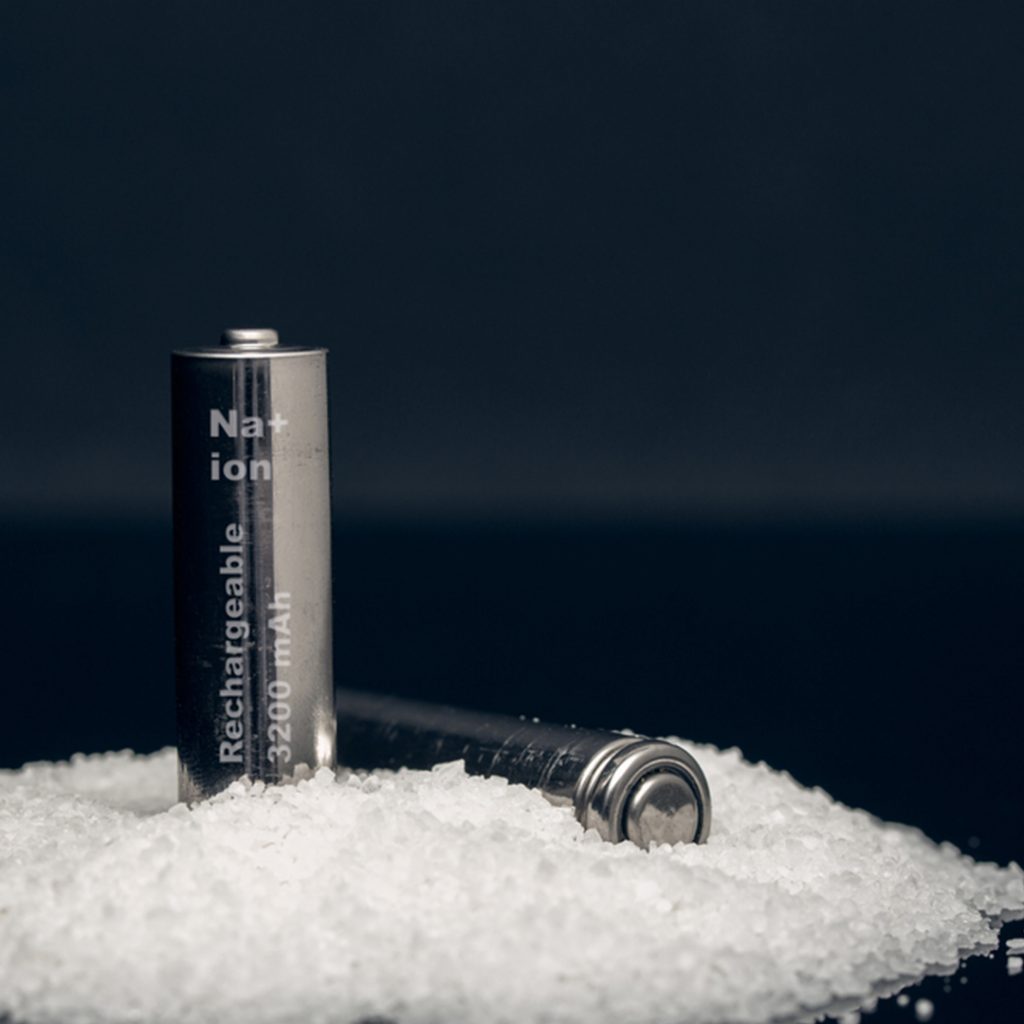
Sodium ion batteries use sodium instead of lithium as the active material. They are made up of three elements: a cathode (positive), an anode (negative) and an electrolyte. When the battery is charged, the ions move from one side to the other: the sodium atoms in the anode go to the cathode, and make room for the electrons that enter from the outlet, thus accumulating electricity. When the battery is used, this process is reversed: the sodium atoms return to the anode, releasing electrons that return to the cathode. This flow of electrons is what we use to power our devices. In this way—as happens, in fact, with all batteries—it is their ability to move sodium from one side to the other that makes them usable over and over again.
The first experiments with this type of batteries date back to the 1970s and 80s, when scientists began to explore alternatives to lithium, a scarce mineral which, therefore, comes with higher costs. This drawback has not stopped batteries that work with this material from gaining commercial popularity in recent decades. Now, the ultimate boost to the development of sodium batteries has come in response to the need for more economical and sustainable batteries that can contribute to the obsolescence of fossil fuels, the vehicles that use them and the emissions they generate.
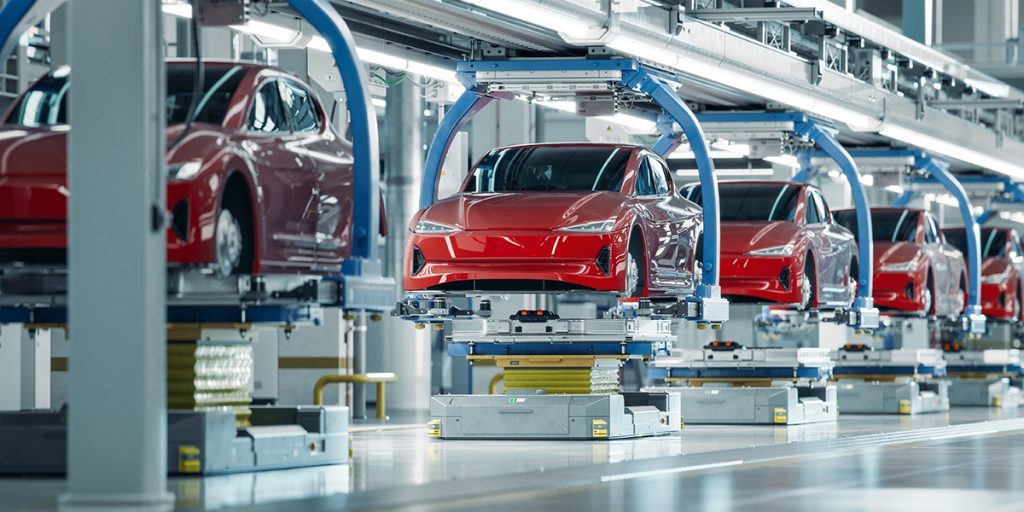
The first model
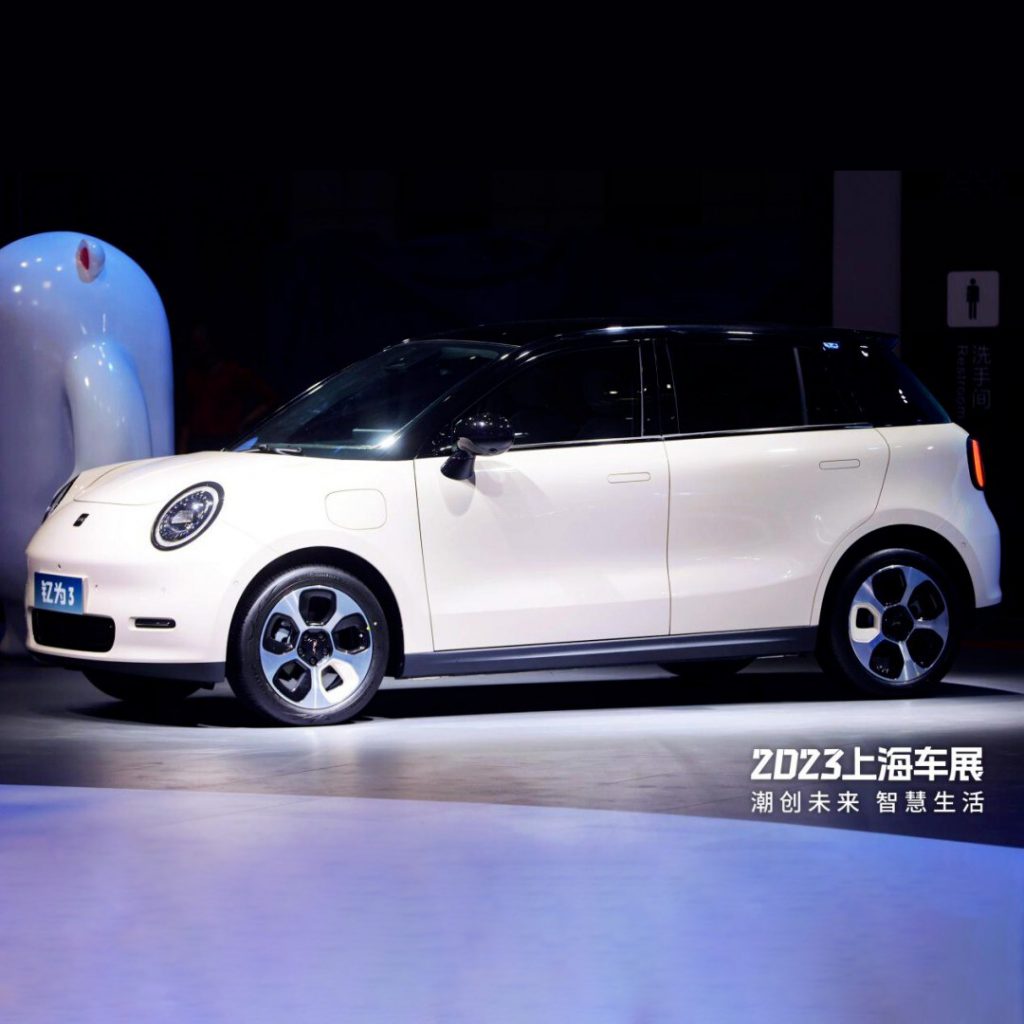
The first electric vehicle powered by sodium ion batteries was produced in December of last year. This is the Yiwei model, manufactured by the Chinese JAC group. Its battery has a capacity of 23.2 kWh and a range of 252 kilometers on a single charge, consuming about 10 kWh for every 100 kilometers of travel. In addition, the battery can be charged from 10% to 80% in 20 minutes, an improvement on the charging times of cars that use lithium batteries.
This technology is not only supported by the most innovative manufacturers, but is also attracting the attention of large car companies. The case of JAC, for example, is paradigmatic: it is co-owned by the Chinese government and Volkswagen. The German company owns 75% of the company and, in addition, owns 50% of the parent company of the group in which it is integrated.Despite being a pioneer in the development of a vehicle powered by a sodium ion battery, JAC is not the only company working on the development of sodium batteries. The Swedish firm Northvolt announced in December of last year its success in the design of a sodium ion battery with greater energy density. According to the company’s CEO, Peter Carlsson, Northvolt’s new battery aims to “enable widespread deployment” of sodium batteries, and “accelerate the energy transition.”
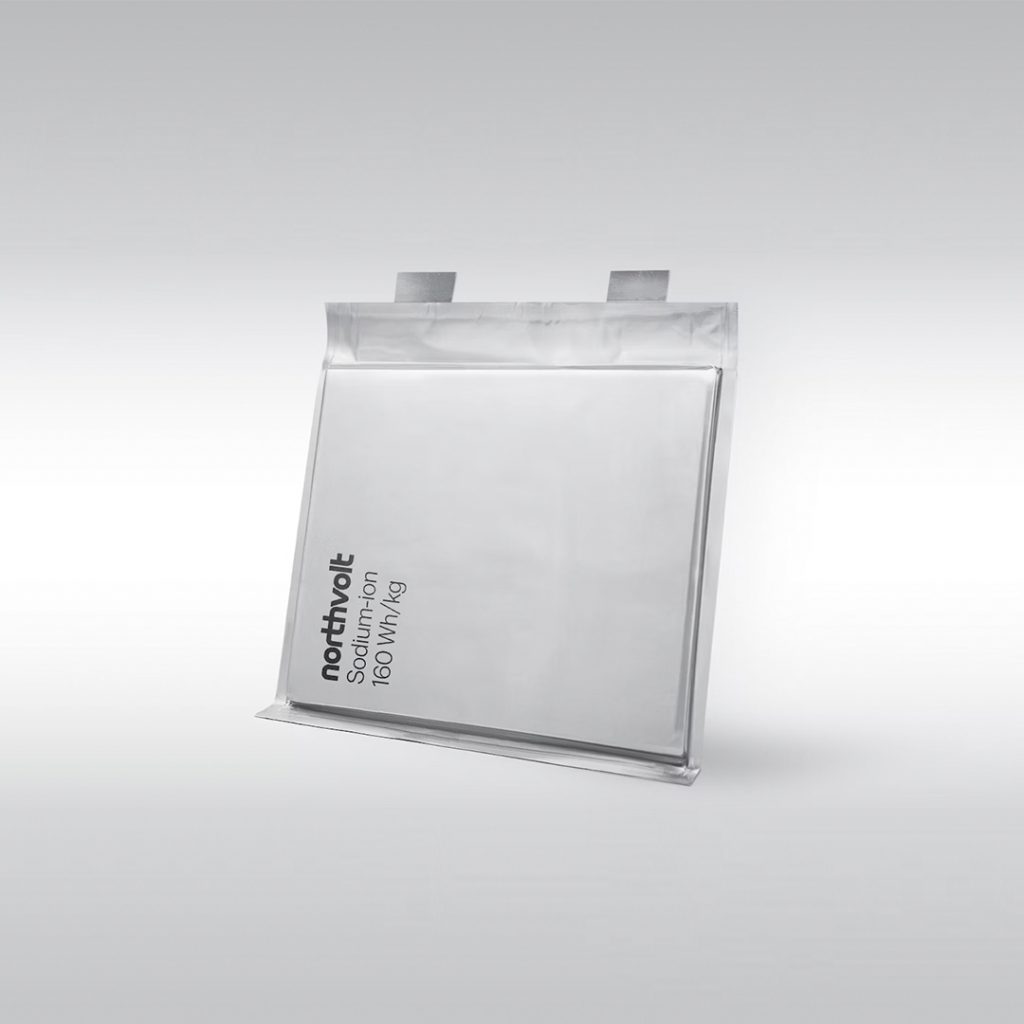
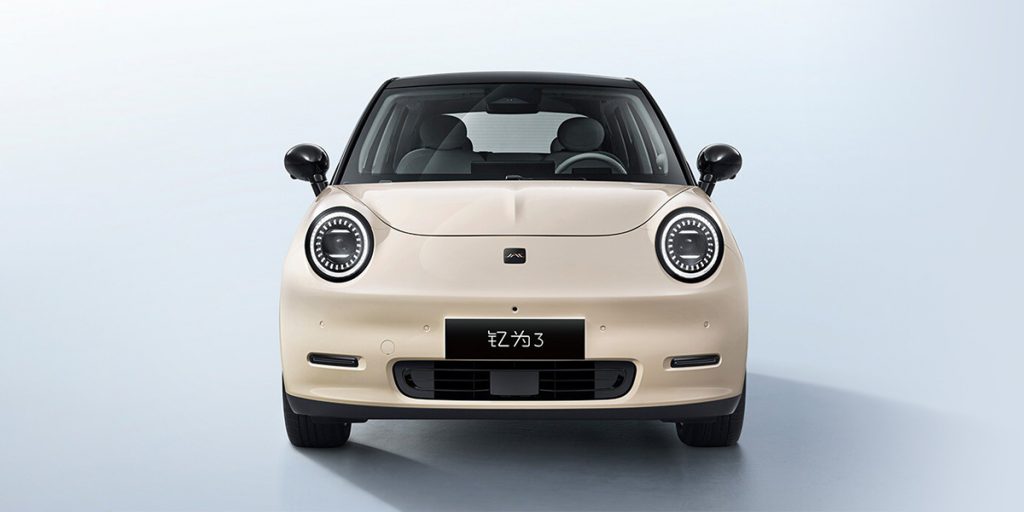
Lithium vs. sodium
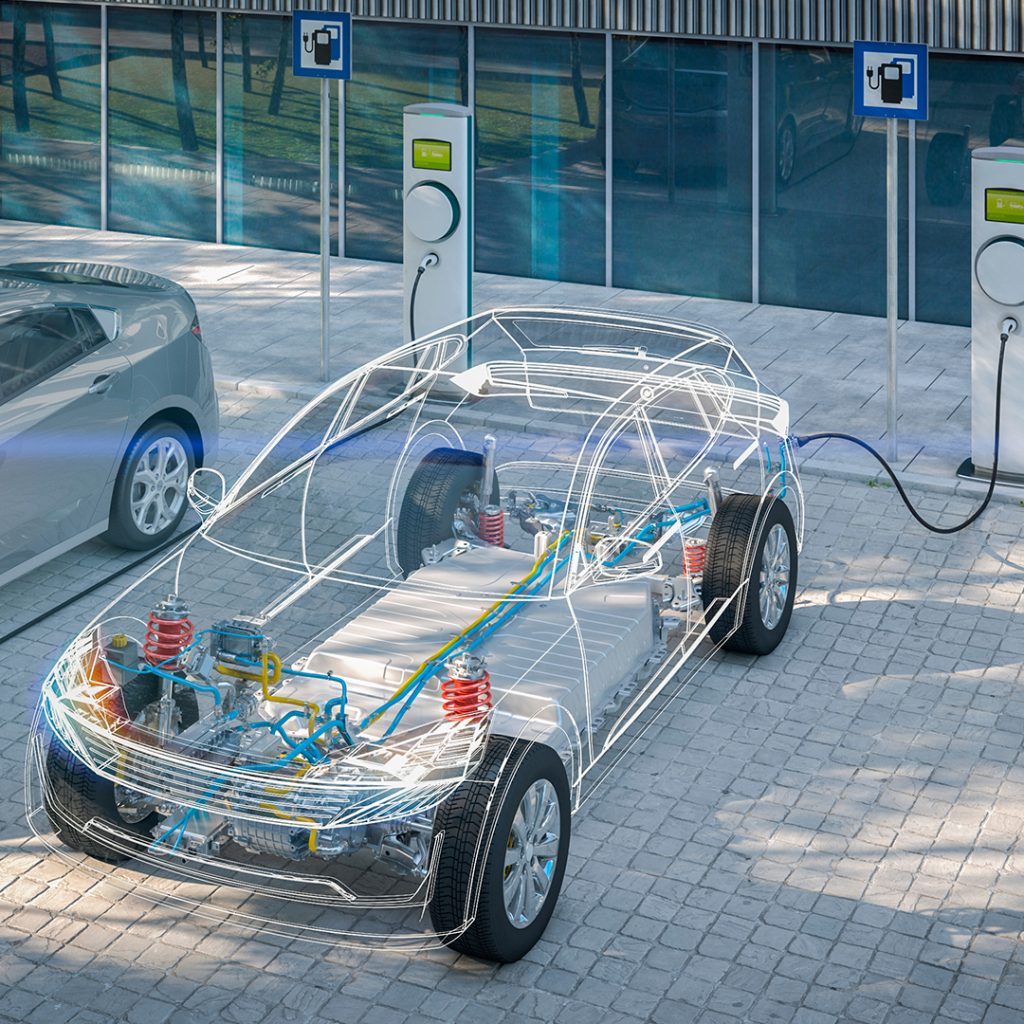
At the moment, these types of batteries are not developed enough to be a fully viable alternative to lithium-ion batteries. To begin with, the new batteries offer a lower energy density, i.e., at the same size, sodium ion batteries store less energy. This is a major disadvantage given that energy storage is their main function.
Of course, sodium ion batteries also offer advantages, and in some areas they perform better than lithium batteries. For starters, they offer greater thermal stability, which translates into better performance at low temperatures. They are also safer and have the capacity to charge in less time, two key advantages for drivers of electric vehicles.
Additionally, and this is perhaps the best argument in favor of sodium-ion batteries, they are more sustainable than their lithium rivals. This is because, to begin with, they offer a longer useful life, and therefore, it is necessary to change them less frequently. And the raw materials necessary for their manufacture are much more abundant (sodium is 500 times more abundant on Earth than lithium). For this reason, they are also cheaper, which could generate a cascade effect, causing a drop in the prices of electric vehicles and contributing, in turn, to increasing the amount of electric vehicles on the roads.